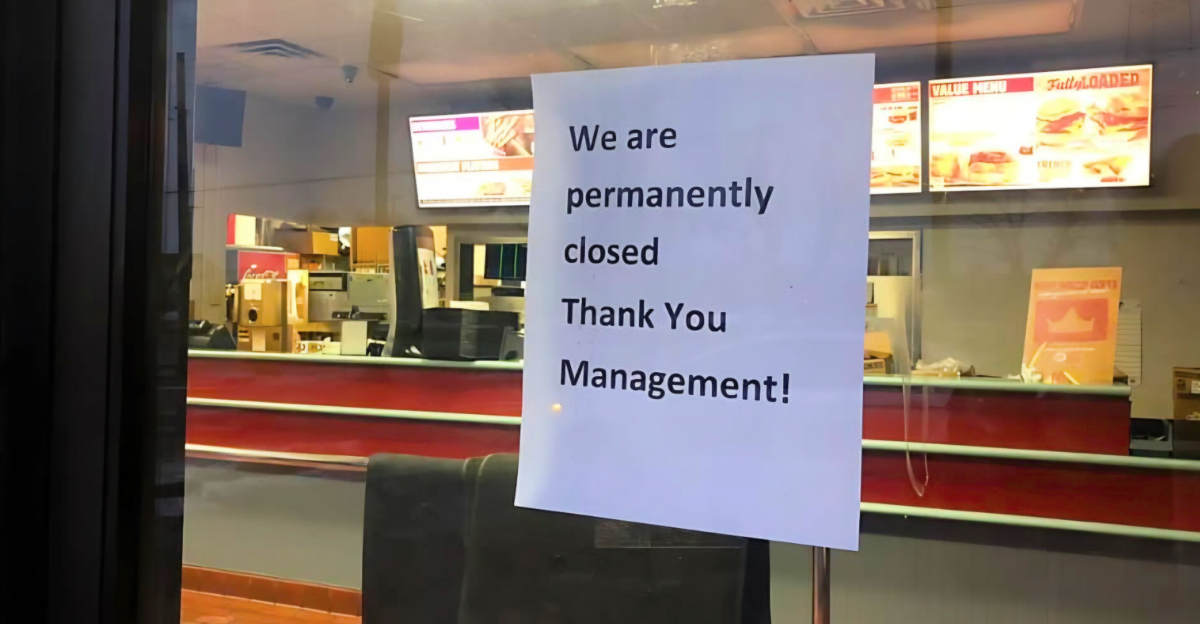
In today’s world, fast food isn’t what it once was. Because of rising costs, changing tastes, and economic pressures, many once-thriving fast food restaurants have been pushed toward collapse. Even giants with hundreds of locations are quietly closing some of their stores, or even filing for bankruptcy. Behind the glossy ads and dollar menus are outdated business models and dwindling loyal customers.
You have probably eaten at many of these chains, but the big question is: will you ever eat there again? From nostalgic favorites to trendy upstarts, let’s take a look at 17 fast food chains that are facing their days amid plunging sales.
1. Subway — From Everywhere to Endangered
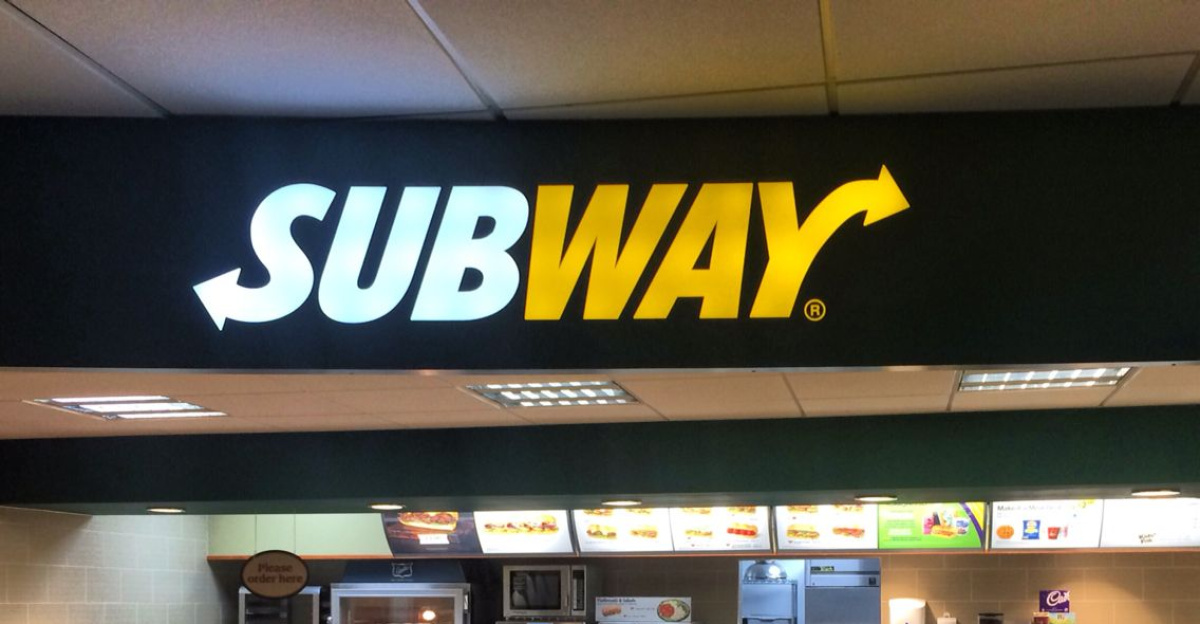
At a time, Subway was the biggest chain in the U.S. by location count. But now, its glory days are long gone. Reputational damage, menu fatigue, and franchisee struggles have all led to rapid closures over the years. Even a recent rebrand might just be too little, too late for this popular sandwich chain.
2. Boston Market — Decline with a Side of Debt

Boston Market was once a favorite for comfort food lovers, but now, the chain is struggling with lawsuits and unpaid vendor bills. Because of a sharp drop in consumer trust and operational chaos, many locations have closed their doors for good, while others are barely hanging on.
3. Krispy Kreme — The Sugar Rush Has Faded

Krispy Kreme rose to fame on novelty and nostalgia, but its appeal is slowly fading as consumer preferences shift. Health trends and expansion misfires are sinking its U.S. performance. Even with store shelves still stocked with this delicious treat, foot traffic is dwindling fast.
4. Burgerim — From “Next Big Thing” to Lawsuit Magnet
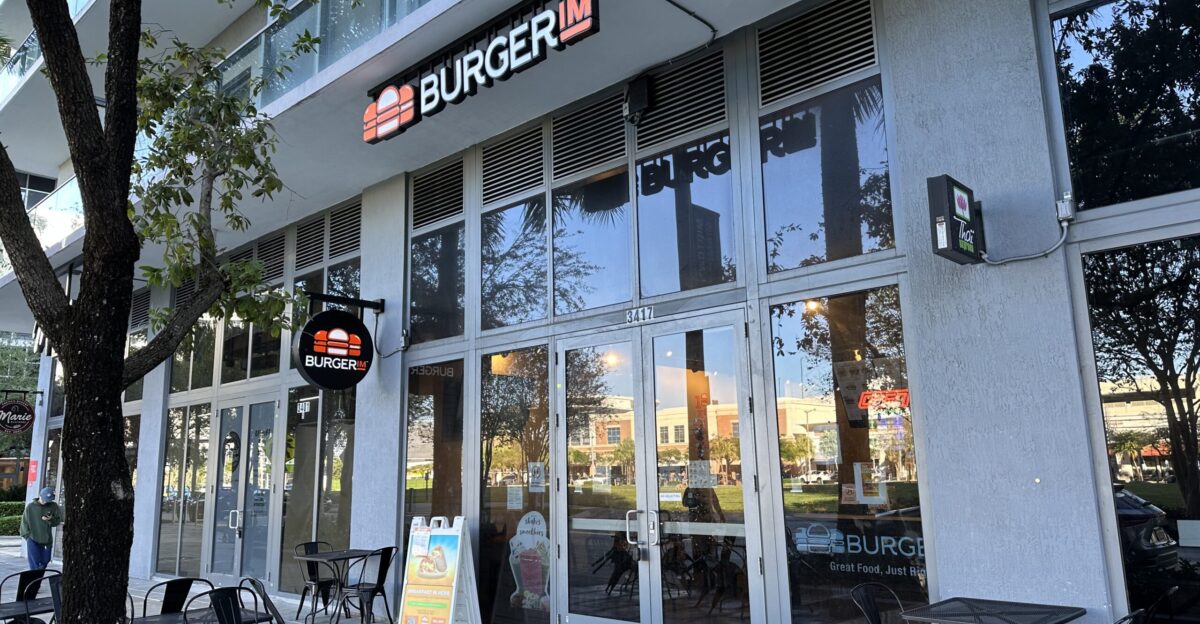
Burgerim attracted hundreds of eager franchisees with flashy marketing and a rapid expansion strategy, but it all came crashing down. The brand is now struggling with lawsuits, financial losses, and legal scrutiny. Many investors lost everything, and the brand’s future is deeply uncertain.
5. Quiznos — Toasted, but Not Trending
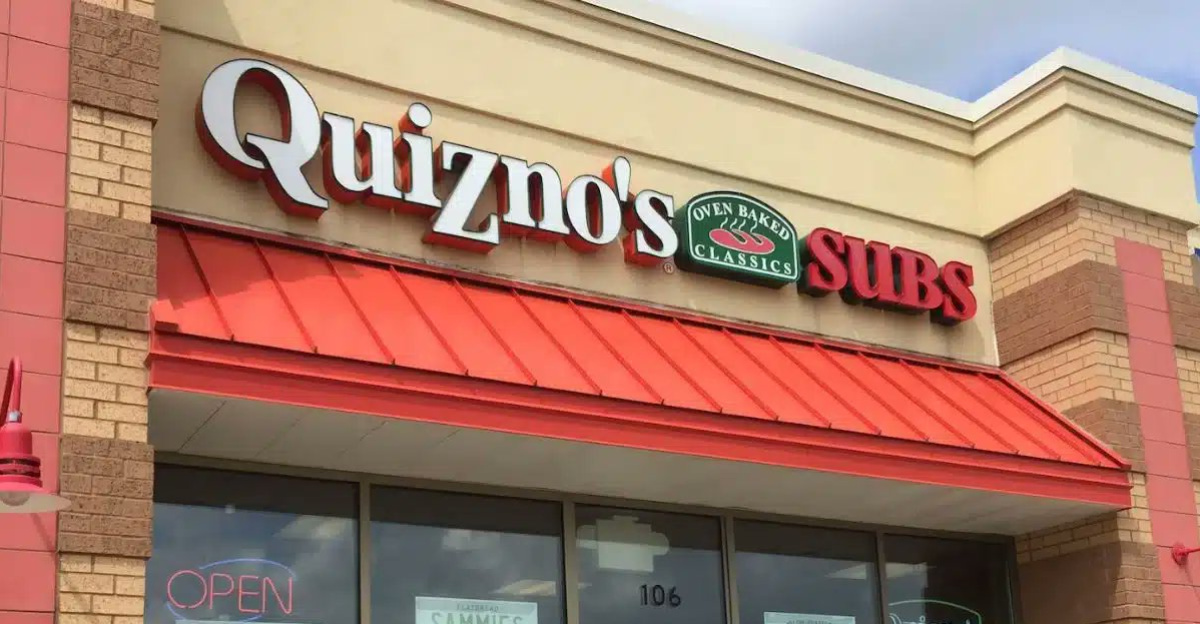
Quiznos was once a trailblazer when it came to the warm sub craze, but rising costs and mounting competition led to a sharp decline. It was once a common sight, but since then, its locations have all but disappeared. While a small group of loyal customers still exists, the brand has fallen behind on innovation, leaving Quiznos largely in the dust.
6. Sonic Drive-In — Just Retro, or Just Outdated?

Sonic’s carhop charm has nostalgic appeal, but nowadays, diners want faster apps, not shakes. This chain has been struggling due to inconsistent service and rising labor costs. While it still holds strong in the South, its national growth looks increasingly frozen.
7. Checkers & Rally’s — Twin Brands on Thin Ice

Checkers & Rally’s is known for its late-night eats and double drive-thrus, but recently, this paired brand has struggled to find footing beyond niche markets. Negative reviews, outdated tech, and stiff competition are hurting revenue, despite strong branding among loyal fans.
8. Papa Murphy’s — Pizza Without the Oven? No Thanks.

At a time, Papa Murphy’s take-and-bake pizza concept was a favorite for many budget-conscious families. However, in today’s on-demand era, convenience wins. Without in-store ovens, delivery services, or dine-in options, this chain is facing shrinking relevance in an increasingly impatient market.
9. Steak ‘n Shake — Fast-Food Diner, Fast-Fading
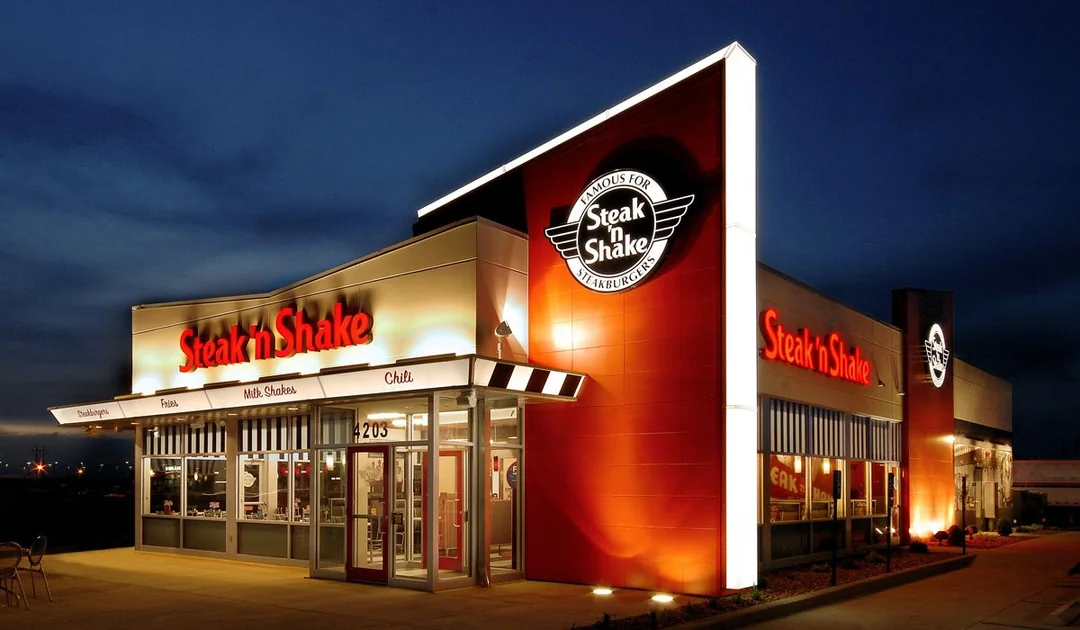
Unfortunately, nowadays, table service and diner-style menus don’t really appeal to younger generations who prefer fewer calories and faster apps. This popular chain has closed hundreds of locations, switched to self-service kiosks, and is now fighting to stay culturally relevant. Will Steak ‘n Shake be around in the future?
10. Rubio’s — Healthy Can’t Always Compete
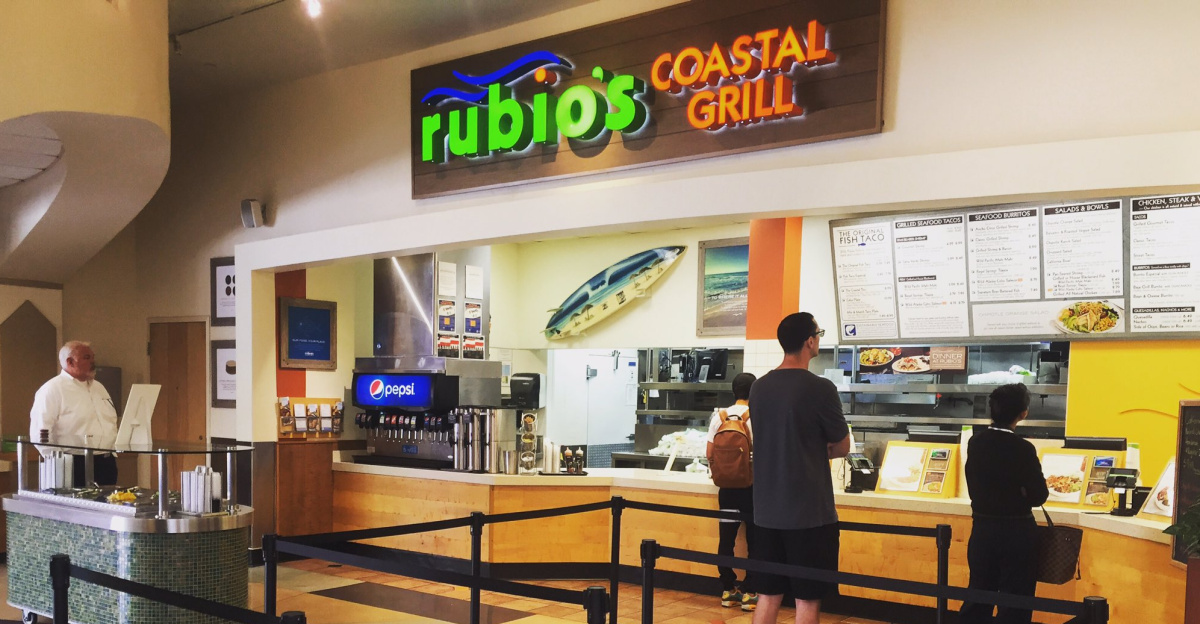
Despite Rubio’s fresh ingredients and coastal flair, the chain has filed for bankruptcy twice in the span of five years. But why did this happen? Silicon Valley’s health-conscious eaters aren’t enough to support high real estate and labor costs. Rubio’s is proof that even “clean eating” isn’t a golden ticket.
11. Jamba — Smoothie King Reigns, Jamba Fades
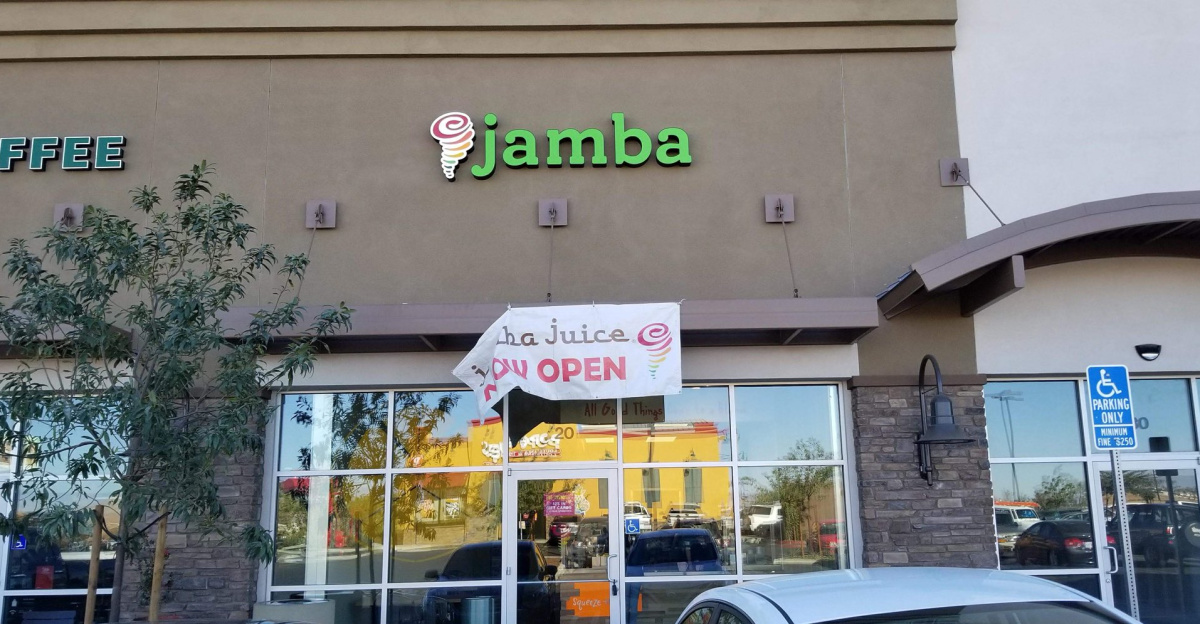
Jamba started as a smoothie sensation, but it has since faded into the background. The chain has struggled with identity post-rebrand, while newer competitors have been offering trendier, functional options. Even loyal juice lovers have begun looking elsewhere.
12. Pizza Hut — Crust Isn’t Enough Anymore

Pizza Hut is a pizza titan that is now closing dine-in locations across America at a steady pace. Newer generations now prefer customizable, fast-casual pizza chains with fresher ingredients. Though this chain’s nostalgic charm is powerful, it might not be enough.
13. Luby’s — A Cafeteria Icon Running on Fumes
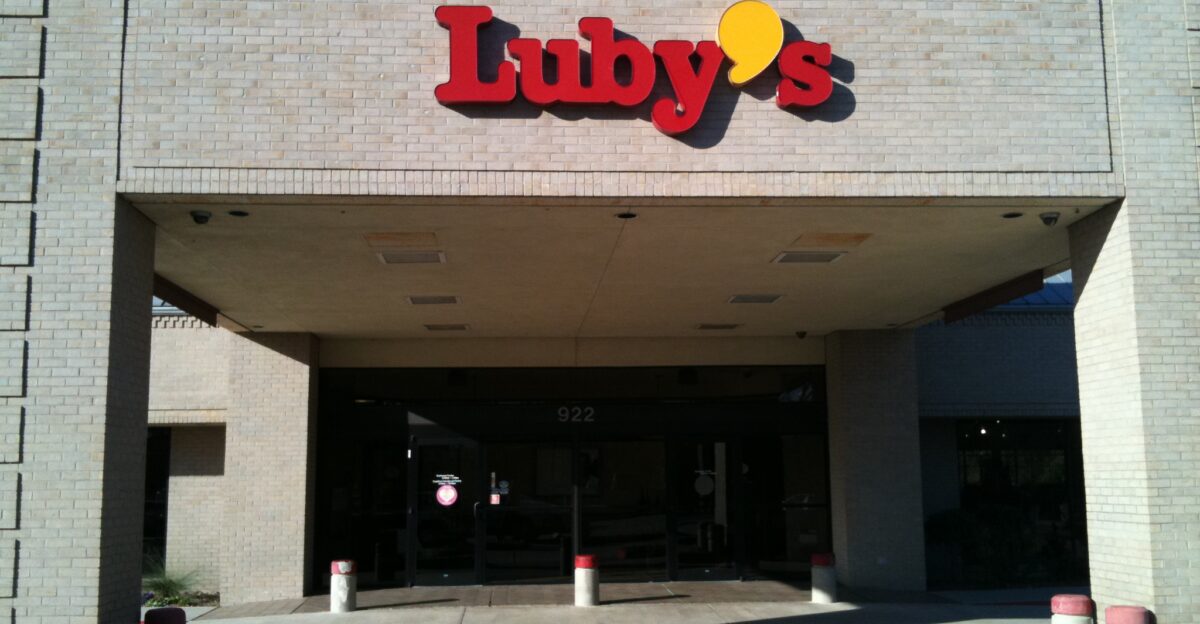
Many Texans grew up with Luby’s, but unfortunately, younger diners never got on board. After the pandemic, the cafeteria model dropped off hard, and it hasn’t been able to recover. Even after selling off assets and real estate, the brand is barely limping along. Sadly, nostalgia doesn’t pay the rent.
14. Friendly’s — Ice Cream Memories, Melting Fast
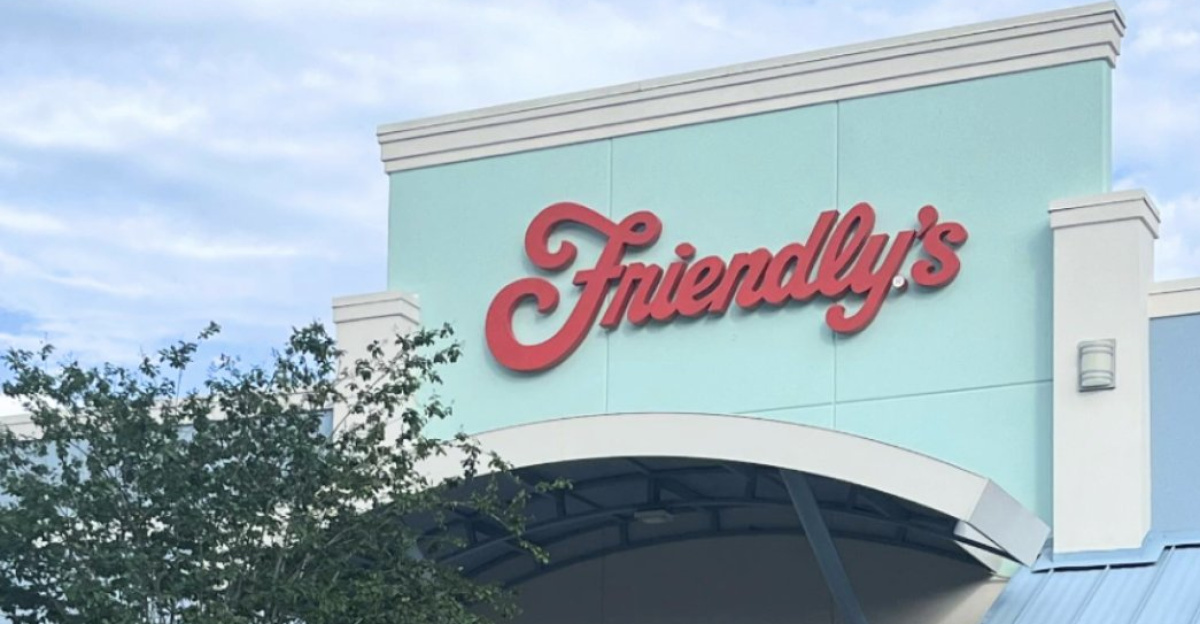
Friendly’s was a classic spot for families for generations. However, despite attempts at a turnaround, it is still struggling. Today, it is a shell of what it once was. Aging stores, shrinking menus, and rising costs have fueled widespread closures. The free birthday sundae might’ve saved childhoods, but it probably won’t save the chain.
15. Hardee’s — Carl’s Jr.’s Quieter, Struggling Twin
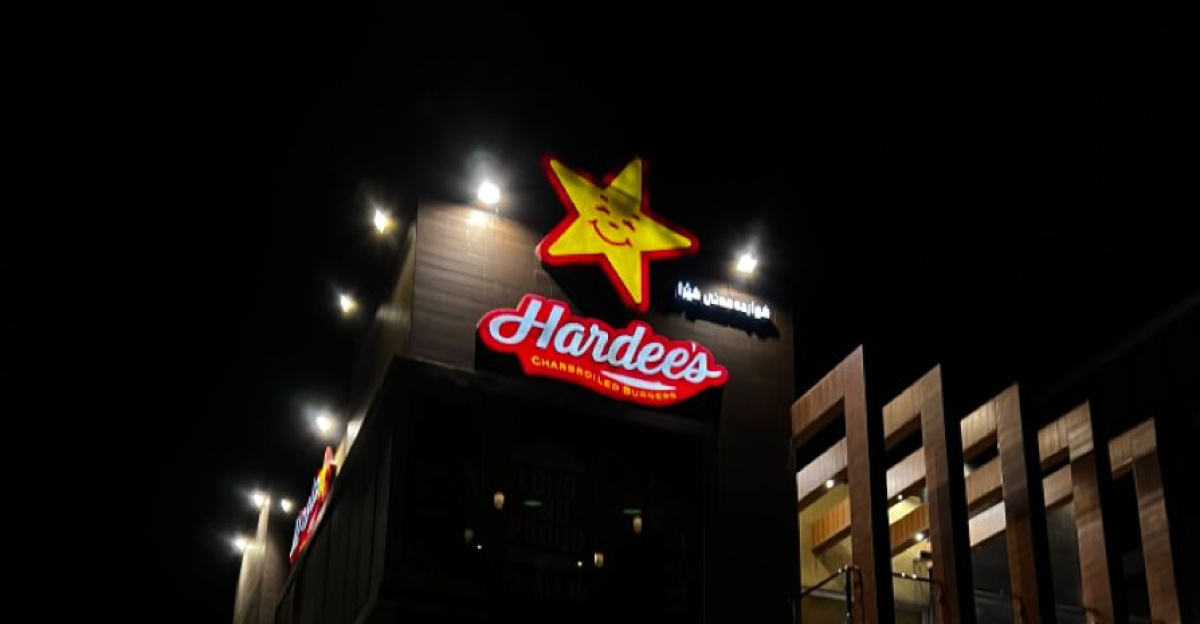
Nowadays, many people forget that Hardee’s even exists, despite its shared branding with Carl’s Jr. But why is this? This is due to poor marketing, scattered locations, and poor cultural resonance outside the South.
16. Taco Bell — Not in Trouble Yet. But Watch Closely.
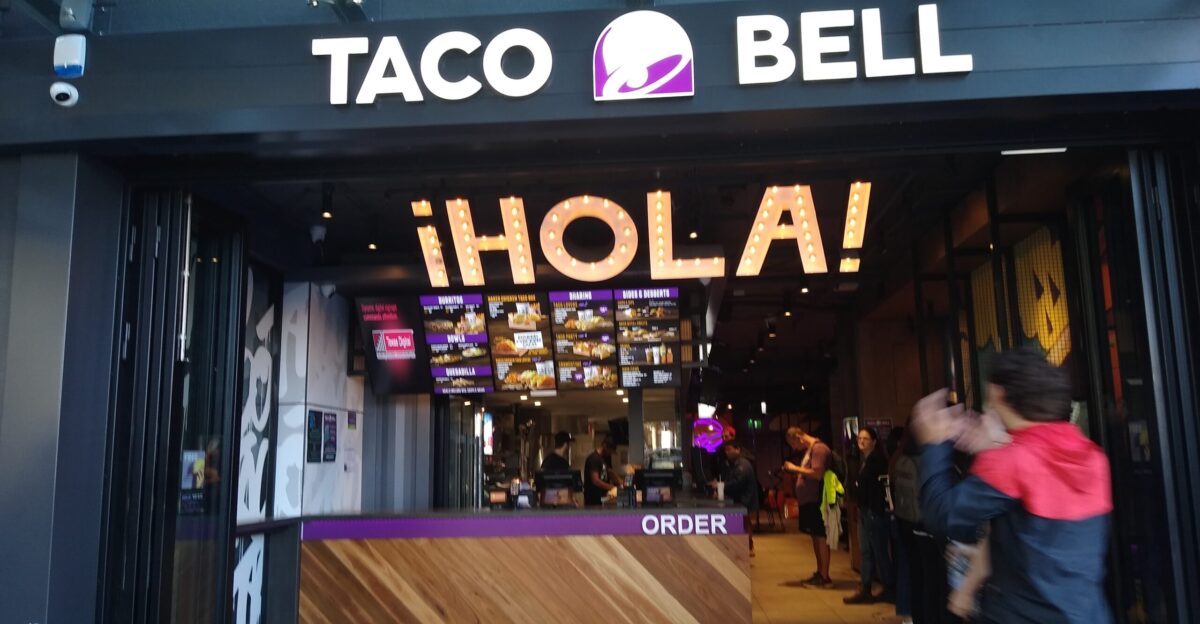
Don’t worry, Taco Bell still dominates spicy snack cravings, for now. However, lawsuits, supply chain chaos, and backlash over fake ingredients are slowly stacking up. When you add rising costs and late-night labor shortages to the mix, even giants like Taco Bell feel the heat.
